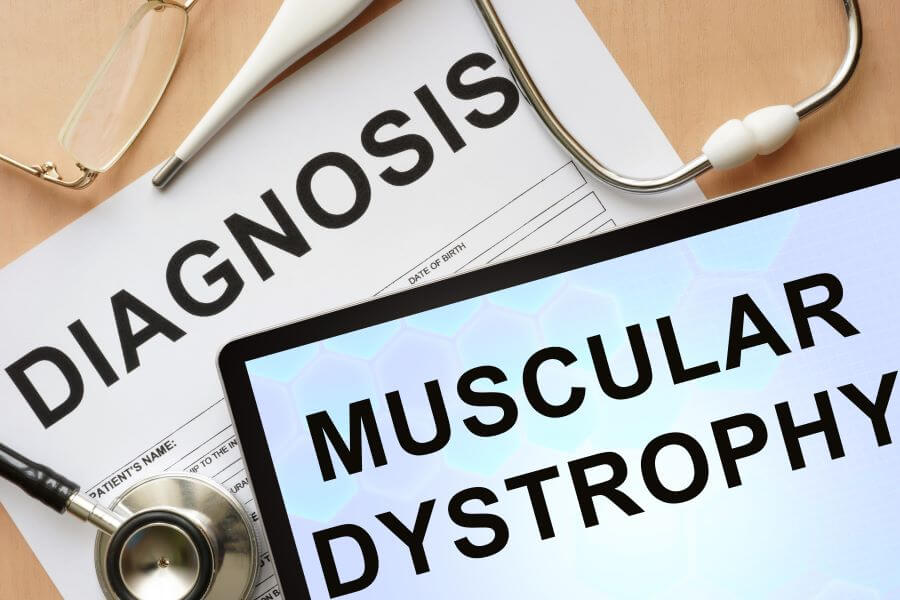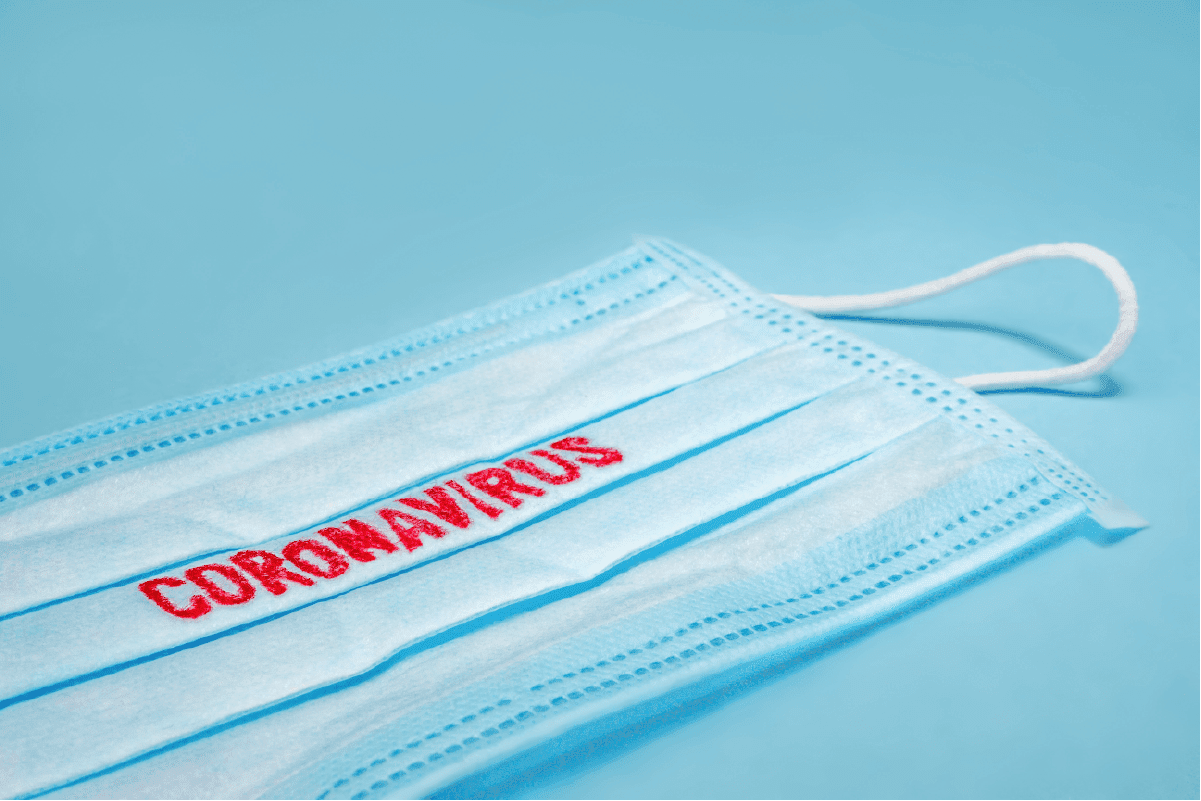Diagnosis and Treatment of Muscular Dystrophy


Muscular dystrophy can be a devastating diagnosis for children and their parents. The progressive muscle condition causes long-term changes in a child’s functioning, which can leave him or her wheelchair-bound.
Diagnosis
Parents may notice a child exhibiting signs of muscle weakness, such as difficulty walking or difficulty rising from a sitting to standing position. While muscular dystrophy has many symptoms, these are a few of the initial symptoms of the most common muscular dystrophy types, called Duchenne muscular dystrophy and Becker muscular dystrophy.
Muscular dystrophy diagnosis typically begins with a physical examination. Initially, these children can appear to have enlarged calf and shoulder muscles. They also exhibit muscle weakness on physical exam, as well as typical maneuvers.
For example, male children with Duchenne muscular dystrophy (DMD) will typically use a maneuver called Gower’s maneuver to progress from a sitting to standing position. This maneuver involves using the hands and arms to “walk” up the body because the legs are to weak to rise from a sitting to standing position.
The child may need to undergo blood tests to determine if there are elevated muscle enzymes. For example, when muscles break down due to muscular dystrophy, the muscles release an enzyme known as creatine kinase or CK. Elevated CK enzymes could indicate muscular dystrophy, although they can also be elevated in a traumatic muscular injury or excessive exercise.
Other diagnostic tests will assess the muscles themselves. Electromyography involves stimulating the muscles with an electric current to determine if they respond as they should. A muscle biopsy or tissue sample can be taken and examined to rule out other similar muscular diseases. Those with muscular dystrophy tend to have larger-than-usual muscle fibers or fibers that are prematurely breaking down, which can be diagnosed microscopically.
Because muscular dystrophy is a genetic condition passed down from a child’s parents, genetic testing can also determine a child’s risk. A blood sample can identify genetic mutations that indicate certain muscular dystrophy types.
Treatment
Currently, no cures exist for any muscular dystrophy type. Instead, physicians try to slow muscular dystrophy’s progression. Treatments include medications, physical therapy, and in some instances, surgery.
Medications used to treat muscular dystrophy include corticosteroids. These medications can help to slow the progression of muscle deterioration. They also may boost muscle strength. Anticonvulsants designed to prevent muscle spasms and seizures can also reduce muscular dystrophy symptoms.
Physical therapy is another treatment option to enhance strength and range of motion. Assistive devices, including braces, canes, and walkers, can also help children with muscular dystrophy maintain mobility and independence. Because muscular dystrophy can affect the muscles in the lungs, patients may also require sleep apnea devices, which can help improve oxygen delivery.
Surgeries are sometimes used to treat more advanced muscular dystrophy symptoms. This includes tendon release surgeries to treat contractures, where elastic tissues tighten and affect normal joint movements. Surgical correction for scoliosis can also reduce spinal curvature. Some patients may require pacemaker insertion to correct cardiac muscle abnormalities that weaken the heart. This is especially true for Emery-Dreifuss and Becker muscular dystrophy disorders.
Sources:
- American Academy of Neurology
- Corticosteroids for Duchenne Muscular Dystrophy.
American Academy of Orthopaedic Surgeons - Muscular Dystrophy.
Centers for Disease Control and Prevention - Facts About Muscular Dystrophy.
Cleveland Clinic - Muscular Dystrophy.
KidsHealth. Muscular Dystrophy.
MayoClinic.com - Muscular Dystrophy.
National Institute of Neurological Disorders and Stroke - What Is Muscular Dystrophy?
Powered by Bundoo®












































